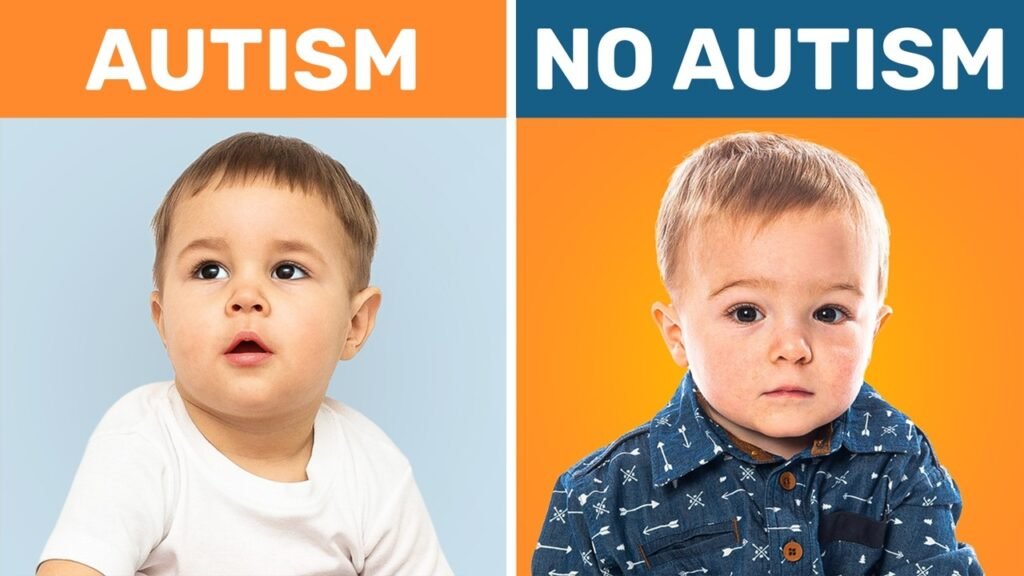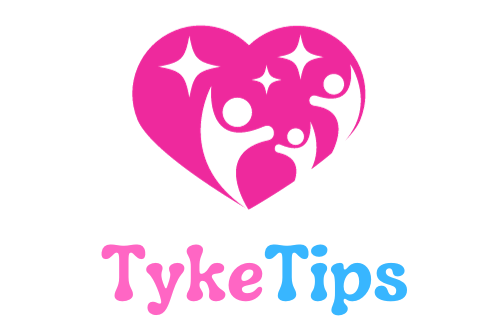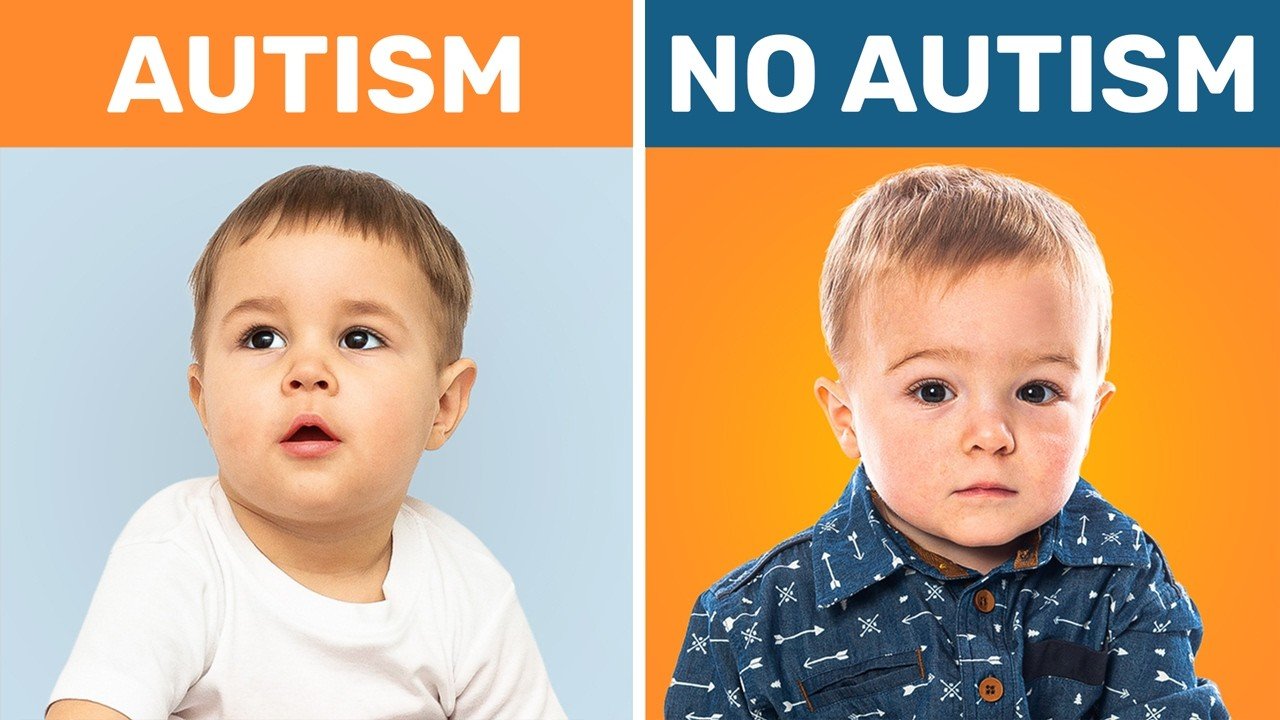In this video, you’ll be guided through 10 subtle signs of autism that many parents tend to overlook. From observing how your child interacts during play to noticing their language development, these signs could be indicators that prompt a discussion with a healthcare professional. While recognizing these signs doesn’t automatically mean a diagnosis of autism, early intervention can have a significant impact on a child’s development. Take the time to watch this informative video by Emma Hubbard to gain a better understanding of what to look for in your child’s behavior.
It’s essential to keep in mind that the content presented in this video is not meant to replace professional medical advice. If you have any concerns about your child’s health or development, always seek guidance from a qualified healthcare provider. Remember, early detection and intervention play a crucial role in ensuring the well-being of your child.

Eye Contact During Play
When observing how your child uses eye contact during play activities, pay attention to their focus and engagement. Eye contact is a crucial aspect of social interaction and communication. Notice if your child maintains eye contact with you or others while playing. This can indicate their ability to connect with people and establish relationships. Children with autism may struggle with maintaining eye contact, so observing this aspect can provide insights into their social skills development.
Sharing Excitement
Another subtle sign to watch for is whether your child shares their excitement with you or others. Sharing positive experiences and emotions is a fundamental part of social interactions. If your child shows excitement by looking at you for validation or sharing their joy through gestures or expressions, it indicates their ability to connect and engage with others. Conversely, a lack of sharing excitement may suggest challenges in social communication and emotional expression.
Stop and Watch Game
Engaging in the ‘stop and watch’ game with a ball or car can provide valuable insights into your child’s interaction and engagement skills. Play the game by rolling a ball or driving a car towards your child and then stopping abruptly. Watch how your child reacts and responds to the sudden stop. This game can help assess your child’s ability to understand cause and effect, adapt to changes, and engage in reciprocal play interactions. Look for signs of surprise, anticipation, or enjoyment during this game.
Pointing Behavior
Paying attention to how your child points to objects or requests for things can reveal important communication skills. Pointing is a non-verbal form of communication that allows children to express their needs, interests, or desires. Notice if your child points to objects to show interest, request help, or initiate a social interaction. Children who have challenges with pointing may have difficulties in expressing themselves or engaging with others effectively.
Gestures
In addition to pointing, noting the use of gestures such as waving or pointing in communication is essential for understanding your child’s social and language development. Gestures play a significant role in non-verbal communication and can help bridge the gap between verbal and non-verbal expressions. Observe how your child uses gestures to convey emotions, express needs, or establish connections with others. Understanding their gesture repertoire can provide valuable insights into their social communication skills.
Language Development
Monitoring the progression of language development in your child is crucial for early identification of communication challenges. Language skills encompass verbal communication, vocabulary, grammar, and pragmatic language use. Pay attention to how your child communicates, expresses thoughts, understands instructions, and engages in conversations. Look for signs of delayed speech development, limited vocabulary, or difficulties in maintaining conversations. Early intervention and speech therapy can support your child’s language development.
Pretend Play
Observing how your child engages in pretend play activities and imaginative scenarios is another subtle sign to consider. Pretend play involves creating fictional situations, role-playing, and using imagination to engage in play activities. Pay attention to how your child uses objects, toys, or props to create pretend scenarios, interact with others, and explore creative ideas. Children with autism may exhibit challenges in pretend play, such as difficulty in role-playing, limited imagination, or repetitive play behaviors.
Repetitive Behaviors
Recognizing repetitive behaviors or movements in your child can provide insights into their sensory processing and self-regulation. Repetitive behaviors are common in children with autism and can manifest in various forms, such as hand-flapping, rocking, spinning, or repeating specific actions. Pay attention to any repetitive patterns or movements that your child displays during play or daily routines. Understanding the function and triggers of repetitive behaviors can help you support your child’s sensory needs and promote self-regulation.
Sensitivity to Sensory Stimuli
Considering your child’s reactions to sensory stimuli in different environments is important for understanding their sensory processing abilities. Sensory stimuli include visual, auditory, tactile, olfactory, and gustatory inputs that can impact your child’s sensory experiences. Observe how your child reacts to loud noises, bright lights, textures, smells, or tastes in their surroundings. Sensory sensitivities or sensory seeking behaviors can affect your child’s comfort, engagement, and behavior in various settings. Creating sensory-friendly environments and providing sensory activities can support your child’s sensory integration.
Social Interaction
Assessing how your child interacts and communicates with others in social settings is fundamental for understanding their social skills development. Social interaction involves engaging with peers, family members, teachers, and other individuals in meaningful ways. Observe how your child initiates conversations, responds to social cues, takes turns in interactions, and shows empathy towards others. Children with autism may struggle with social skills, such as making eye contact, interpreting facial expressions, or understanding social norms. Supporting social interaction through social skills training and peer interactions can enhance your child’s social abilities.
In conclusion, paying attention to subtle signs such as eye contact during play, sharing excitement, engaging in the ‘stop and watch’ game, pointing behavior, gestures, language development, pretend play, repetitive behaviors, sensitivity to sensory stimuli, and social interaction can help you gain valuable insights into your child’s development and well-being. Remember, early intervention and support play a crucial role in promoting positive outcomes for children with developmental challenges. By being observant, responsive, and proactive, you can create a nurturing environment that supports your child’s unique needs and strengths. Keep learning, growing, and advocating for your child’s holistic development.

